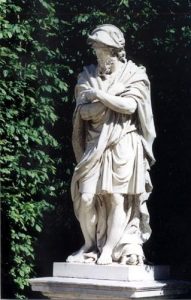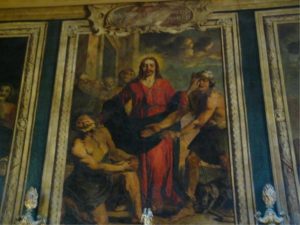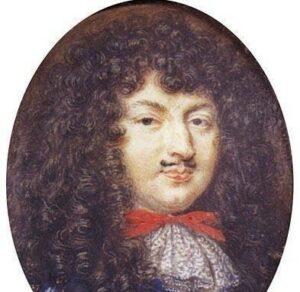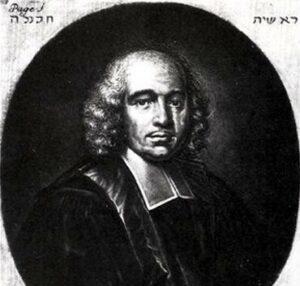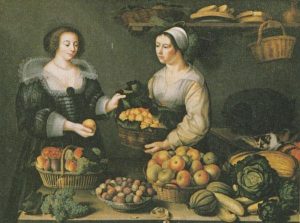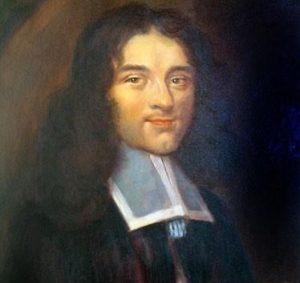From one faith to another
Mathieu Lespagnandelle was born in Paris in 1616 – his family was Protestant.
On 2nd September, 1641, while working in Richelieu, he renounced his Protestantism in order to marry Perrine Prou, a Catholic ; his eldest child was baptised into the same faith as its mother. However, in 1648, when he was in Paris, his son Mathieu and his three other children were baptised as Protestants. Then Mathieu Lespagnandelle returned to his original faith, the Reformed Church. He was friendly with the Marot family, in particular with Jean – in fact Mathieu Lespagnandelle’s youngest daughter married one of his sons. But another of his daughters, Judith, married a Catholic.
Lespagnandelle had a brilliant career ; he worked in Vaux-le-Vicomte, the Louvre and Versailles. Several of his works can still be seen today, for example one of his grottos is in the park of Vaux-le-Vicomte and another in the park at Versailles. In 1651 he was admitted to the Academy of Saint-Luc and in 1665, to the Royal Academy of Painting and Sculpture.
On 10th October 1681, a royal edict forced the Protestants to give up their posts in the Academy ; among these were Samuel Bernard, Henri Testelin, Louis Ferdinand and Jean Michelin. Although Mathieu Lespagnandelle was not present on that day, together with Ferdinand’s son and Jacques Rousseau, he was forced to give up his post on the king’s orders. But after having recanted a second time, on 19thOctober 1685, he was able to take up his post again on 1st December 1685.
He died on 28th April 1689 and was buried in Saint-Etienne-du-Mont.

